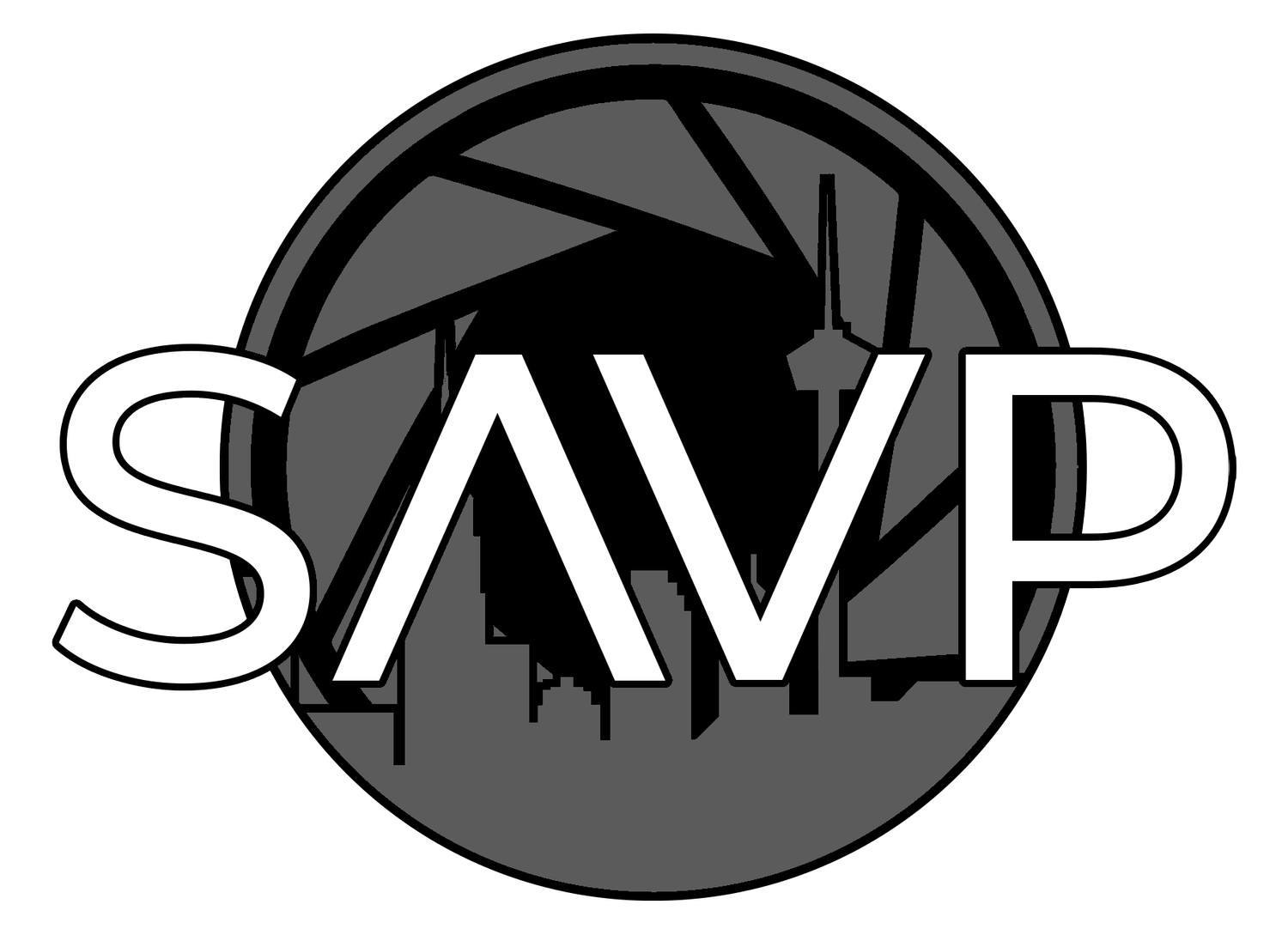The Crucial Importance of Pre-Production in Video Production
So, what exactly is pre-production? Think of it as the backbone of your successful video project. It includes a variety of key components like scriptwriting, storyboarding, budgeting, scheduling, and location scouting. All of these elements play an essential role in determining the quality of your final product.
If you take the time to focus on pre-production, you're essentially setting yourself up for a smoother ride when you finally get to filming. Who doesn't want to minimize issues during production? By putting in the work upfront, you’re paving the way for a final product that you can be proud of.
And to help you get rolling, we’ll have a helpful list of questions and things to consider at the end of our chat today. Stick around!
The Consequences of Poor Pre-Production Planning
Let’s get real for a second. If you neglect pre-production, you could find your project derailed before it even begins. Hollywood is littered with examples of how skipping this step can lead to wasted time and money.
Let’s take a moment to compare two legendary trilogies: "The Lord of the Rings" and "The Hobbit."
The Lord of the Rings: A Model of Pre-Production Excellence
When Peter Jackson set out to create the "Lord of the Rings" trilogy, he didn’t just dive in head-first. Nope! He spent about three and a half years on pre-production. We’re talking every detail planned out—from the script to set designs and costumes. And you know what? All that hard work paid off big time. The trilogy snagged 17 Oscars, including Best Picture, and racked up over 800 nominations! Talk about setting a standard through investment in pre-production.
The Hobbit: Lessons Learned from Under-Planning
Now, let’s flip the script and look at "The Hobbit." Due to some tight scheduling, the production team had only a few weeks for pre-production. Jackson stepped in to direct after Guillermo del Toro had spent a year on his version of the story. The studio didn’t give him enough time to catch up, and you can guess what happened next—things went off the rails!
With rushed timelines, the crew faced chaotic shooting schedules and vague storyboards that led to creative struggles. While "The Hobbit" did okay at the box office, it didn’t resonate nearly as much with audiences as its predecessor did. This is a perfect example of what can happen when pre-production isn’t given the time it deserves.
The Benefits of Robust Pre-Production Practices
Now that we’ve seen the before-and-after of these two trilogies, let’s talk about some foundational elements that can help make your pre-production as effective as possible:
1. Script Development
Every great video starts with a good story. Spend the time necessary to craft your script so that it’s engaging and well-structured. Don’t rush it—after all, your story is what will guide everything that comes after!
2. Storyboarding
Putting your scenes into storyboards can work wonders. It’s like having a game plan before you hit the field. A storyboard helps visualize your scenes, making sure you have a clear idea of each shot. Plus, it ensures your narrative flows smoothly.
3. Budgeting and Scheduling
Creating a realistic budget and a detailed shooting schedule can save you a ton of stress down the line. Be honest about your resources and timelines to dodge surprises that could throw your project off course!
4. Location Scouting
Finding the perfect locations is key. Take the time to scout places that align with your story while also considering logistical requirements. Remember, the right setting can elevate your video’s quality immensely!
5. Assembling a Talented Crew
Last but definitely not least, surround yourself with a crew that shares your vision. A competent team can not only enhance the quality of your video but also foster an environment where everyone collaborates effectively. It’s all about teamwork!
Additional Tips for Successful Pre-Production
Before you dive into your pre-production journey, keep these handy tips in mind:
Communicate Clearly: Make sure everyone involved knows what’s going on. Good communication helps avoid misunderstandings and keeps everyone on the same page.
Be Flexible: Plans can change, and that’s okay! Being adaptable is essential for navigating the unexpected challenges that might come your way.
Utilize Checklists: Stay organized by creating checklists for each aspect of pre-production. This way, you won’t miss out on any critical elements. </aside>
To wrap things up, understanding the importance of pre-production in video production is crucial. This phase is the launchpad that can determine whether your project succeeds or falters. By honing in on your planning, learning from industry examples, and following best practices, you can significantly enhance your chances of delivering high-quality video content.
Don’t forget to download our helpful guide at the end filled with valuable questions and tips for your pre-production planning. Remember, the best video production starts long before the cameras roll, and putting in that groundwork can set you up for success down the line. Happy filming!



